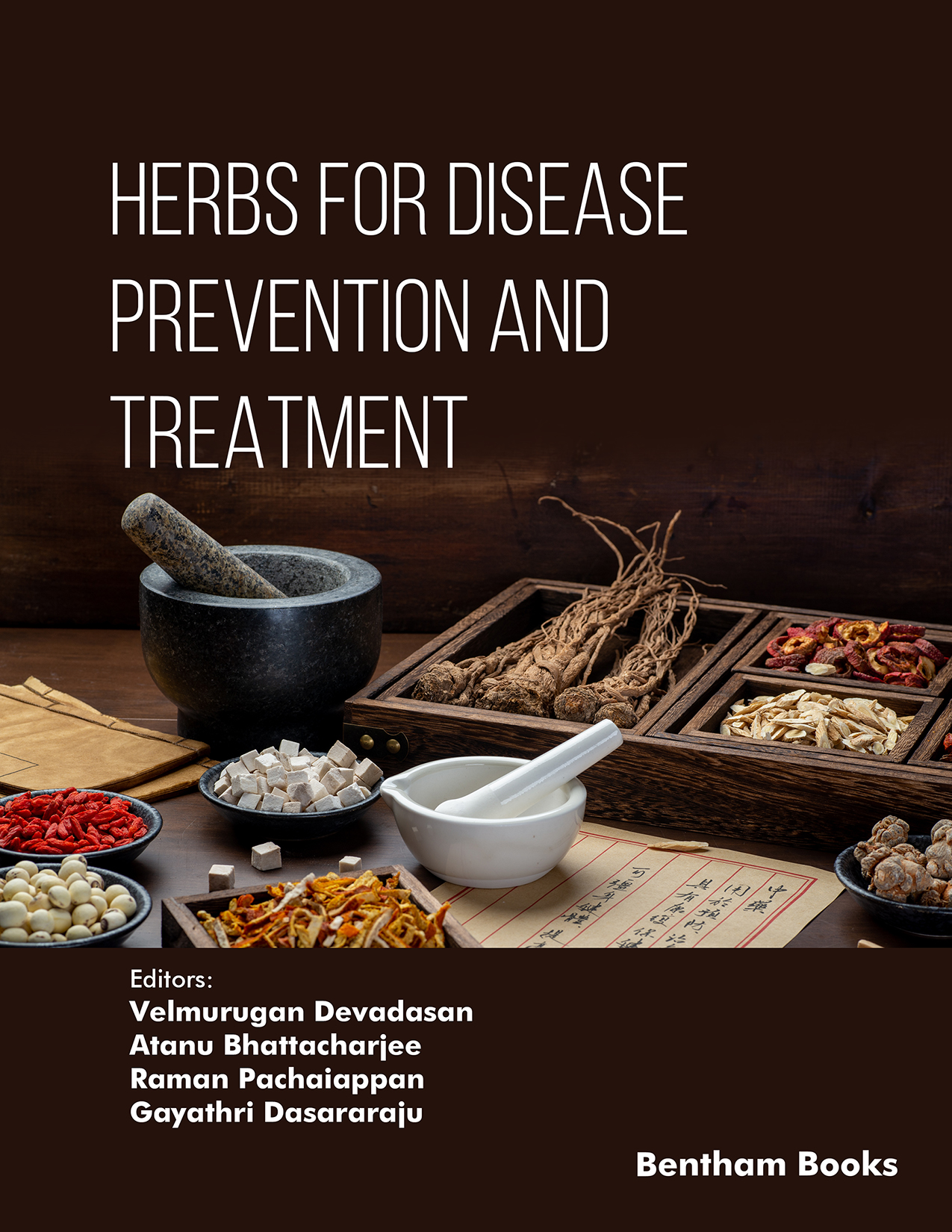Herbals/natural products have been used by humankind for more than 5,000 years. At present, about 60% of people prefer herbals at the global level for treating common ailments as they believe that even if any side effects arise, they would not be as severe as in allopathy medicine. Traditional medicine, folk medicine, naturopathy, Tibetan medicine, traditional Chinese medicine, Indian traditional medicine, etc. use herbs or certain plants for preventing or curing human ailments.
This book deals with the control of various diseases using plants. Most of the herbs considered have proven to be not harmful to health, and they either control or cure the diseases. In silico methods have been used in many chapters in docking calculations to confirm the binding of the phytoconstituents at the binding site of the disease-related macromolecular targets. This work was carried out to understand the principle behind the cure. In practice, mostly the whole parts of the herb or certain parts are used for the treatment, and synergism plays a major role in the activity of these herbs.
Chapter 1 deals with the bioactive compounds from marine macroalgae for the management of diabetes mellitus. Chapter 2 deals with the treatment of diseases using herbs as supplements. Herbal nutraceuticals for disease prevention and management are dealt with in Chapter 3. The use of herbs as dietary medicine is described in Chapter 4. In Chapter 5, the evaluation of the anti-aflatoxicosis potential of Solanum americanum Mill, an important traditional medicinal plant, is discussed. The use of herbs in the traditional healthcare system of North East India is discussed in Chapter 6 - with regard to its history, contemporary use, and future aspects. Chapter 7 deals with the identification of phytochemicals using GC-MS/LC-MSMS techniques and also docking techniques against COVID-19 targets. Chapter 8 deals with three herbs used in traditional health care system of North-Eastern India to treat conditions like arthritis and rheumatism. Detection of fatty acid modifications from plant edible oils after repetitive use and deep frying of plant and animal-based food items is discussed in Chapter 9. The last chapter, namely, Chapter 10 deals with plants intertwined with humans in treating kidney diseases.
This book thus covers, in general, many common diseases and deals with the ways of overcoming these ailments with natural products/herbs. I hope that this book will serve as a sourcebook for scientists and students of pharmacy, pharmacology, Siddha, and Ayurveda courses.
Velmurugan Devadasan
Department of Biotechnology, School of Bioengineering
Faculty of Engineering and Technology, SRM Institute
of Science and Technology, Kattankulathur-603203
Chengalpet Dt., Tamil Nadu, India
Atanu Bhattacharjee
Department of Biotechnology and Bioinformatics
North Eastern Hill University
Shillong-793022, India
Raman Pachaiappan
Department of Biotechnology, School of Bioengineering
Faculty of Engineering and Technology, SRM Institute
of Science and Technology, Kattankulathur-603203
Chengalpet Dt., Tamil Nadu, India
&
Gayathri Dasararaju
Department of Biophysics and Crystallography
University of Madras, Guindy Campus
Chennai-600025, Tamil Nadu, India

